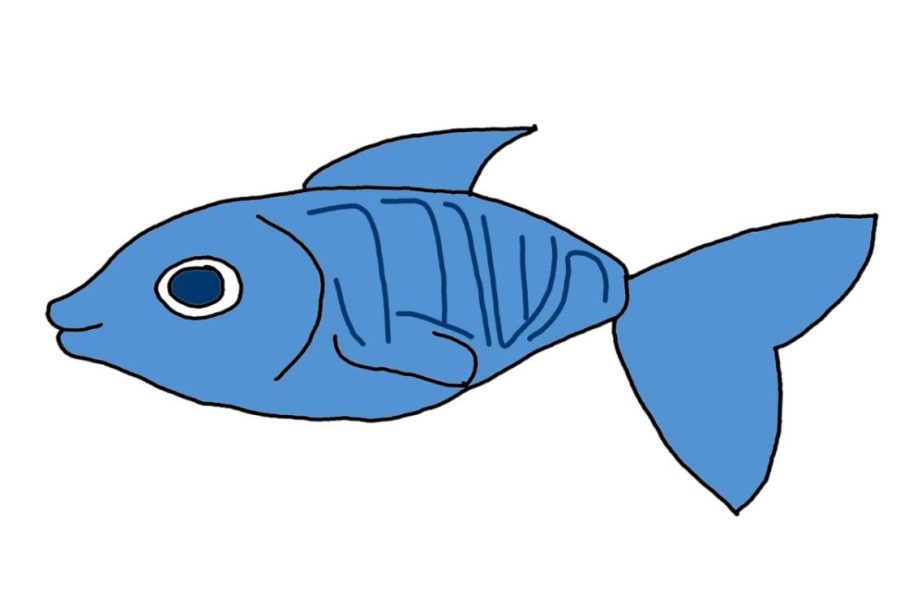Yom Kippur: Inside and outside the fish
Even if our outward repentance is unsuccessful, we still have an opportunity for teshuva if we reflect inwards.
Teshuvah — repentance and return to God — is the theme of Sefer Yonah as it is of Yom Kippur.
October 5, 2022
Aside from a potential attempt to appease our hunger from the fast, a story about a large fish may seem somewhat out of place to read on Yom Kippur. So why do we read Sefer Yonah on Yom Kippur, a day for teshuva – repentance and return to God?
We find in the story that Yonah “runs away” from God in an attempt to avoid the mission that God has for him: to warn the people of Nineveh that they will be destroyed if they do not change their wicked ways. Yonah fears that he cannot effectively carry out his mission, so he flees to the city of Tarshish, hoping to escape both his mission and God. But his attempts to avoid facing Hashem and his mission ultimately bring him back to Hashem. Yonah is swallowed by a dag gadol, a large fish. (Some translate this as a whale, but the text actually says dag, which means fish, and gadol, which means large.)
Inside the fish – within the belly of the beast – Yonah struggles within himself for three days. His pleadings with God are not apologies or repentance for having abandoned God and his nmission but are rather pleas for help.
In response, we would have expected God to punish Yonah for not apologizing, and for only coming to God when he found himself in a desperate situation. But God in fact shows Yonah mercy, forgives him, and saves him. After Yonah is freed, he travels to Nineveh and fulfills his mission. He warns the people that if they do not repent, they will be destroyed – and the people respond by mourning, fasting, and changing their ways. God spares them. Yonah succeeded.
The story is clearly one that demonstrates God infinite desire to forgive and show mercy. But a nuance to the story is that it reflects two very different types of spiritual work. Yonah fails in his outward repentance to Hashem but is forgiven by God nonetheless because Hashem recognized his inner work. On the other hand, the people of Nineveh focused primarily on outer demonstrations of repentance – fasting, changing their behavior, etc. – but they too, are forgiven. Ultimately, both avenues are accepted by God, Who forgives and shows mercy to both.
On Yom Kippur – and in fact, during the entire aseret y’mai teshuvah, or 10 Days of Repentance – we have the opportunity to conduct both outer and inner spiritual work and teshuvah. And, while we can take comfort in the lessons of Sefer Yonah that God will forgive us if we make either effort, we should all strive to do the work of teshuvah with both, looking inward to develop ourselves and grow spiritually as well as showing outward expression of repentance by davening, fasting and changing our behavior.
In turn, we trust that God will do for us what he did for both Yonah and the people of Nineveh: forgive. God wants to be able to forgive all of us, which means we need to do our part.
As the new year approaches, we should all take a moment to reflect on how we can improve and – just like Yonah – struggle with ourselves on the inside, and figure out who we want to be on the outside. When we’ve done that, the fish that nourishes us at the break-fast will taste especially sweet.













